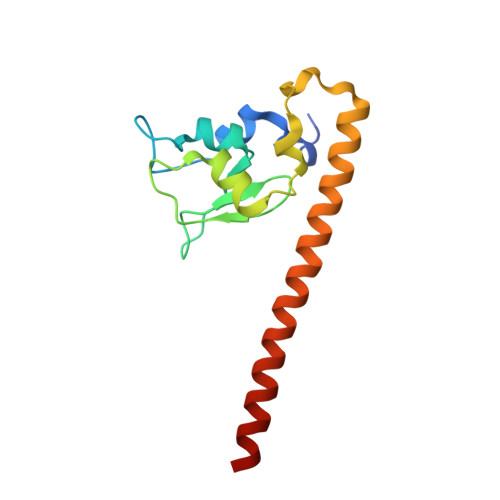Bayesian machine learning improves single-wavelength anomalous diffraction phasing.
Garcia-Bonete, M.J., Katona, G.(2019) Acta Crystallogr A Found Adv 75: 851-860
- PubMed: 31692460
- DOI: https://doi.org/10.1107/S2053273319011446
- Primary Citation of Related Structures:
6SHO, 6SIJ, 6SIK, 6SIL, 6SIM - PubMed Abstract:
Single-wavelength X-ray anomalous diffraction (SAD) is a frequently employed technique to solve the phase problem in X-ray crystallography. The precision and accuracy of recovered anomalous differences are crucial for determining the correct phases. Continuous rotation (CR) and inverse-beam geometry (IBG) anomalous data collection methods have been performed on tetragonal lysozyme and monoclinic survivin crystals and analysis carried out of how correlated the pairs of Friedel's reflections are after scaling. A multivariate Bayesian model for estimating anomalous differences was tested, which takes into account the correlation between pairs of intensity observations and incorporates the a priori knowledge about the positivity of intensity. The CR and IBG data collection methods resulted in positive correlation between I(+) and I(-) observations, indicating that the anomalous difference dominates between these observations, rather than different levels of radiation damage. An alternative pairing method based on near simultaneously observed Bijvoet's pairs displayed lower correlation and it was unsuccessful for recovering useful anomalous differences when using the multivariate Bayesian model. In contrast, multivariate Bayesian treatment of Friedel's pairs improved the initial phasing of the two tested crystal systems and the two data collection methods.
- Department of Chemistry and Molecular Biology, University of Gothenburg, Box 462, Gothenburg, 40530, Sweden.
Organizational Affiliation:

















